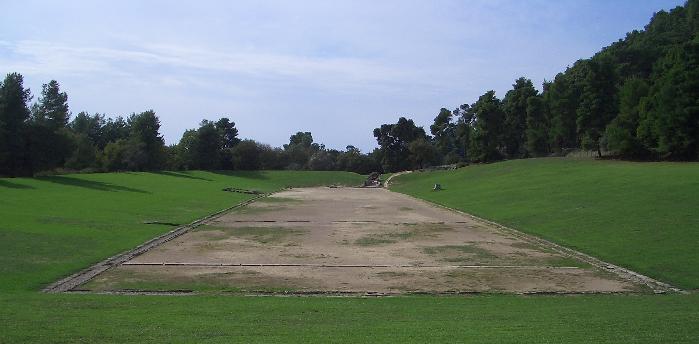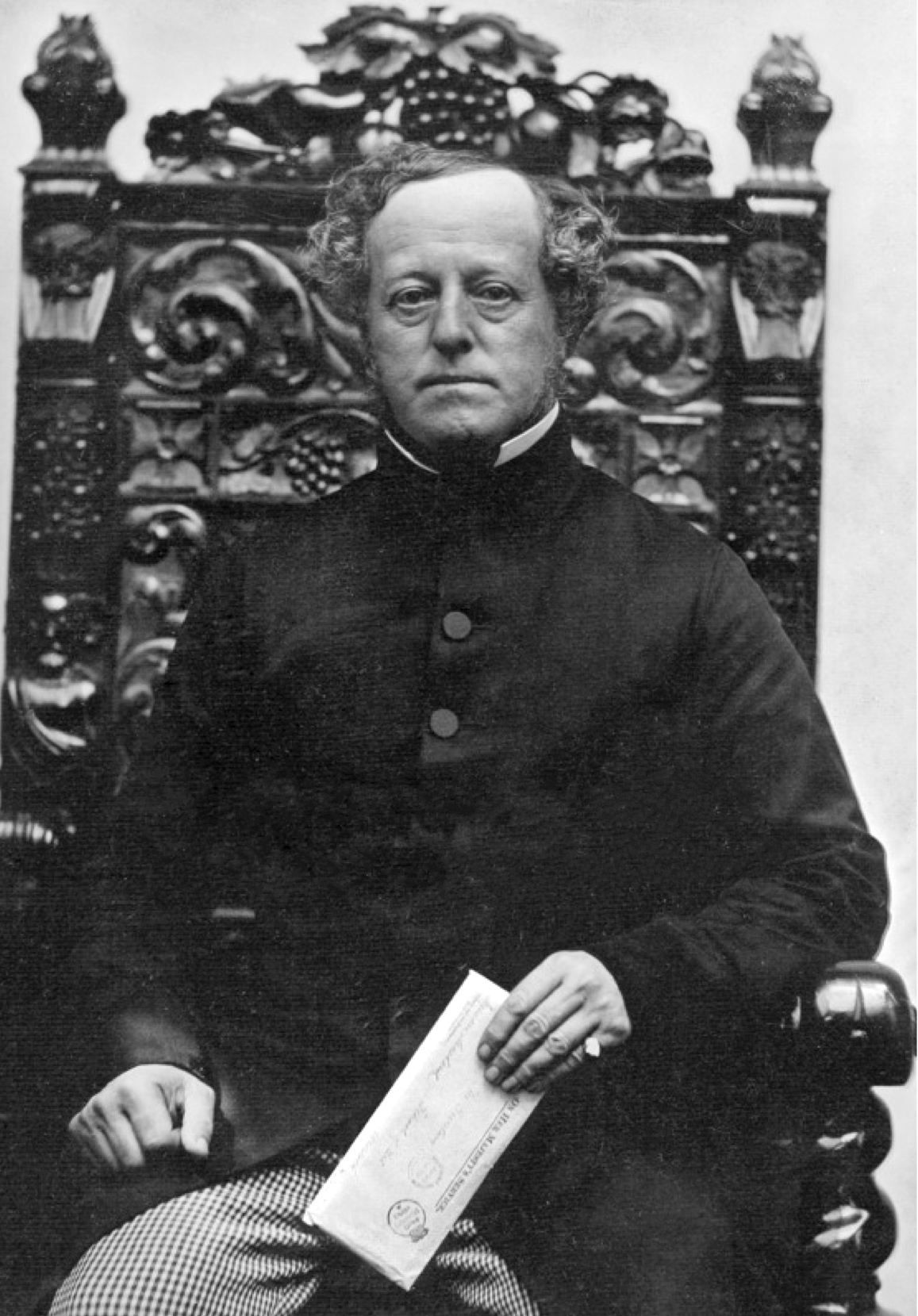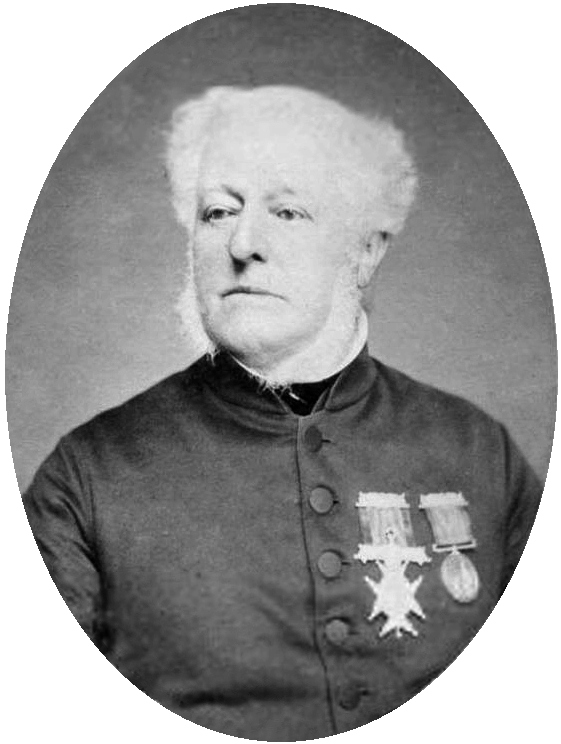|
Much Wenlock
Much Wenlock is a market town and Civil parishes in England, parish in Shropshire, England; it is situated on the A458 road between Shrewsbury and Bridgnorth. Nearby, to the north-east, is the Ironbridge Gorge and Telford. The civil parish includes the villages of Homer, Shropshire, Homer ( north of the town), Wyke, Shropshire, Wyke ( north-east), Atterley ( south-east), Stretton Westwood ( south-west) and Bourton, Shropshire, Bourton ( south-west). The population of the civil parish, according to the 2001 United Kingdom Census, 2001 Census, was 2,605, increasing to 2,877 by 2011 United Kingdom Census, 2011. Notable historic attractions in the town are Wenlock Priory, Wenlock Edge, Holy Trinity Church and the Guildhall. The Wenlock Olympian Society Annual Games, Wenlock Olympian Games, established by William Penny Brookes in 1850, are centred in the town. Brookes is credited as a founding father of the modern Olympic Games and one of the Wenlock and Mandeville, London 2012 Summe ... [...More Info...] [...Related Items...] OR: [Wikipedia] [Google] [Baidu] |
Holy Trinity Church, Much Wenlock
Holy Trinity Church in Much Wenlock, Shropshire, England. Located on Wilmore Street and dating to the early 12th century, it is now a Grade I listed building. The oldest part is the nave, the south aisle#Church architecture, aisle and chapel and the tower were added in the late 12th century, and the chancel was later extended, doubling its length. The church is built in stone, and consists of a nave, a south aisle and chapel, a south porch, a chancel, and a west tower. The nave is Norman architecture, Norman in style, and the chancel is early Perpendicular Gothic, Perpendicular. The tower has four stages, clasping buttresses, round-arched bell openings, and an embattled parapet. Architect Samuel Pountney Smith added windows to the south aisle and the south chapel in 1843 and 1866. The church has a variety of war memorials. In the chancel are plaques to Lieutenant Robert Gwinn Granger, died of wounds in the Action of 7 February 1813 on HMS Amelia (1796), HMS ''Amelia'', ... [...More Info...] [...Related Items...] OR: [Wikipedia] [Google] [Baidu] |
2001 United Kingdom Census
A nationwide census, known as Census 2001, was conducted in the United Kingdom on Sunday, 29 April 2001. This was the 20th Census in the United Kingdom, UK census and recorded a resident population of 58,789,194. The 2001 UK census was organised by the Office for National Statistics (ONS) in England and Wales, the General Register Office for Scotland (GROS) and the Northern Ireland Statistics and Research Agency (NISRA). Detailed results by region, council area, ward and ONS coding system, output area are available from their respective websites. Organisation Similar to previous UK censuses, the 2001 census was organised by the three statistical agencies, ONS, GROS, and NISRA, and coordinated at the national level by the Office for National Statistics. The Order in Council#Orders in Council as Statutory Instruments, Orders in Council to conduct the census, specifying the people and information to be included in the census, were made under the authority of the Census Act 1920 in ... [...More Info...] [...Related Items...] OR: [Wikipedia] [Google] [Baidu] |
Merewalh
Merewalh (sometimes given as Merwal or Merewald was a sub-king of the Magonsæte, a western cadet kingdom of Mercia thought to have been located in Herefordshire and Shropshire. Merewalh is thought to have lived in the mid to late 7th century, having acceded the throne during the time of Penda of Mercia, who, the ''Anglo-Saxon Chronicle' implies, was his father. Though Merewalh's name implies that may have been a Briton. It is possible that Merewalh was a British leader, rewarded by Penda for his aid in war, perhaps at the Battle of Maserfelth. We know nothing of the origins of his first wife, who could have been a relative of Penda. A British origin might explain his control of lands around Leominster, where no evidence of early settlement by pagan Anglo-Saxons is to be found. :A.D. 656. This year was Peada slain; and Wulfhere, son of Penda, succeeded to the kingdom of the Mercians. In his time waxed the abbey of Medhamsted very rich, which his brother had begun. The king loved i ... [...More Info...] [...Related Items...] OR: [Wikipedia] [Google] [Baidu] |
Monastery
A monastery is a building or complex of buildings comprising the domestic quarters and workplaces of Monasticism, monastics, monks or nuns, whether living in Cenobitic monasticism, communities or alone (hermits). A monastery generally includes a place reserved for prayer which may be a chapel, Church (building), church, or temple, and may also serve as an Oratory (worship), oratory, or in the case of Cenobium, communities anything from a single building housing only one senior and two or three junior monks or nuns, to vast complexes and estates housing tens or hundreds. A monastery complex typically comprises a number of buildings which include a church, dormitory, cloister, refectory, library, Wiktionary:balneary, balneary and Hospital, infirmary and outlying Monastic grange, granges. Depending on the location, the monastic order and the occupation of its inhabitants, the complex may also include a wide range of buildings that facilitate self-sufficiency and service to the commun ... [...More Info...] [...Related Items...] OR: [Wikipedia] [Google] [Baidu] |
Sub-Roman Britain
Sub-Roman Britain, also called post-Roman Britain or Dark Age Britain, is the period of late antiquity in Great Britain between the end of Roman rule and the founding of Anglo-Saxon kingdoms. The term was originally used to describe archaeological remains found in 5th- and 6th-century AD sites that hinted at the decay of locally made wares from a previous higher standard under the Roman Empire. It is now used to describe the period that began with the recall of Roman troops from Britannia to Gaul by Constantine III in 407 and ended with the Battle of Deorham in 577. This period has attracted a great deal of academic and popular debate, in part because of the lack of written records from the time. Meaning of terms The period of sub-Roman Britain traditionally covers the history of the parts of Britain that had been under Roman rule from the end of Roman imperial rule, traditionally dated to be in 410, to the arrival of Saint Augustine in 597. The date taken for the end ... [...More Info...] [...Related Items...] OR: [Wikipedia] [Google] [Baidu] |
Council Chamber, Much Wenlock
A council is a group of people who come together to consult, deliberate, or make decisions. A council may function as a legislature, especially at a town, city or county/shire level, but most legislative bodies at the state/provincial or national level are not considered councils. At such levels, there may be no separate executive branch, and the council may effectively represent the entire government. A board of directors might also be denoted as a council. A committee might also be denoted as a council, though a committee is generally a subordinate body composed of members of a larger body, while a council may not be. Because many schools have a student council, the council is the form of governance with which many people are likely to have their first experience as electors or participants. A member of a council may be referred to as a councillor or councilperson, or by the gender-specific titles of councilman and councilwoman. In politics Notable examples of types of counc ... [...More Info...] [...Related Items...] OR: [Wikipedia] [Google] [Baidu] |
Domesday Book
Domesday Book ( ; the Middle English spelling of "Doomsday Book") is a manuscript record of the Great Survey of much of England and parts of Wales completed in 1086 at the behest of William the Conqueror. The manuscript was originally known by the Latin name , meaning "Book of Winchester, Hampshire, Winchester", where it was originally kept in the royal treasury. The ''Anglo-Saxon Chronicle'' states that in 1085 the king sent his agents to survey every shire in England, to list his holdings and dues owed to him. Written in Medieval Latin, it was Scribal abbreviation, highly abbreviated and included some vernacular native terms without Latin equivalents. The survey's main purpose was to record the annual value of every piece of landed property to its lord, and the resources in land, labour force, and livestock from which the value derived. The name "Domesday Book" came into use in the 12th century. Richard FitzNeal wrote in the ( 1179) that the book was so called because its de ... [...More Info...] [...Related Items...] OR: [Wikipedia] [Google] [Baidu] |
Little Wenlock
Little Wenlock is a village and civil parish in the Telford and Wrekin borough in Shropshire, England. The population of the civil parish at the 2011 census was 605. It was mentioned in the Domesday Book, when it belonged to Wenlock Priory. Ancient habitation is attested by the discovery of two caches of Bronze Age weapons. The village is situated two miles west of Dawley. Nearby is the 1335-foot-high Wrekin, one of Shropshire's famous hills with an ancient hill fort. Part of it falls within Little Wenlock parish, while the adjoining parts fall into other parishes. The name "Wenlock" as found in Much Wenlock and Little Wenlock (and also Great Wenlock, a now obsolete name, but found in some historic sources) is probably derived from the Old English ''*Wenan loca'' meaning ''"Wena's Stronghold"'' (''wéna'' being feminine and meaning ''"hope"'')''Surnames of the United Kingdom: A Concise Etymological Dictionary'', Henry Harrison, Genealogical Publishing Com, 1996, 0806301716, 9 ... [...More Info...] [...Related Items...] OR: [Wikipedia] [Google] [Baidu] |
Wenlock And Mandeville
Wenlock is the official mascot for the 2012 Summer Olympics, and Mandeville is the official mascot for the 2012 Summer Paralympics, both held in London, England, United Kingdom. Named after Much Wenlock and Stoke Mandeville, they were created by Iris, a London-based creative agency. The mascots were unveiled on 19 May 2010, marking the second time (after Vancouver's Miga, Quatchi, Sumi and Mukmuk) that both Olympic and Paralympic mascots were unveiled at the same time. Characteristics According to the associated (fictional) storyline by Michael Morpurgo, they were formed from the last girder of the Olympic Stadium. Their skins are made of highly polished steel allowing them to reflect the personalities and appearances of the people they meet. Their one eye is a camera and on their heads are yellow lights symbolizing those of a London Taxi. Wenlock Wenlock's name is inspired by Much Wenlock in Shropshire, England, where in 1850 the Wenlock Olympian Society held its first Olympi ... [...More Info...] [...Related Items...] OR: [Wikipedia] [Google] [Baidu] |
Olympic Games
The modern Olympic Games (Olympics; ) are the world's preeminent international Olympic sports, sporting events. They feature summer and winter sports competitions in which thousands of athletes from around the world participate in a Multi-sport event, variety of competitions. The Olympic Games, Open (sport), open to both amateur and professional athletes, involves more than 200 teams, each team representing a sovereign state or territory. By default, the Games generally substitute for any world championships during the year in which they take place (however, each class usually maintains its own records). The Olympics are staged every four years. Since 1994 Winter Olympics, 1994, they have alternated between the Summer Olympic Games, Summer and Winter Olympics every two years during the four-year Olympiad. Their creation was inspired by the ancient Olympic Games, held in Olympia, Greece, from the 8th century BC to the 4th century AD. Baron Pierre de Coubertin founded the Int ... [...More Info...] [...Related Items...] OR: [Wikipedia] [Google] [Baidu] |
William Penny Brookes
William Penny Brookes (13 August 1809 – 11 December 1895) was an English surgeon, magistrate, botanist, and educationalist especially known for founding the Wenlock Olympian Games, inspiring the modern Olympic Games, and for his promotion of physical education and personal betterment. Brookes was born, lived, worked and died in the small market town of Much Wenlock, Shropshire, England. He was apprenticed to his father, Dr William Brookes, and later studied in London, England; Paris, France and Padua, Italy, before returning home to Much Wenlock in 1831. Brookes was a social reformer, who campaigned to give opportunities for what he termed "every grade of man" to expand their knowledge and become mentally and physically fit. He established the Wenlock Agricultural Reading Society (WARS) in 1841 to provide the opportunity of acquiring knowledge but especially to provide opportunities for the working classes. He promoted athletic exercises, ranging from running to football ... [...More Info...] [...Related Items...] OR: [Wikipedia] [Google] [Baidu] |
Wenlock Olympian Society Annual Games
The Wenlock Olympian Games, dating from 1850, are a forerunner of the modern Olympic Games. They are organised by the Wenlock Olympian Society (WOS), and are held each year at venues across Shropshire, England, centred on the market town of Much Wenlock. One of the two mascots for the 2012 Summer Olympics was named Wenlock in honour of the Wenlock Olympian Games. History On 25 February 1850 the Wenlock Agricultural Reading Society (WARS) resolved to establish a class called The Olympian Class – "for the promotion of the moral, physical and intellectual improvement of the inhabitants of the town and neighbourhood of Wenlock and especially of the working classes, by the encouragement of outdoor recreation, and by the award of prizes annually at public meetings for skill in athletic exercise and proficiency in intellectual and industrial attainments". The secretary of the class and driving force behind the Olympian Games was Dr William Penny Brookes who was inspired to create th ... [...More Info...] [...Related Items...] OR: [Wikipedia] [Google] [Baidu] |







